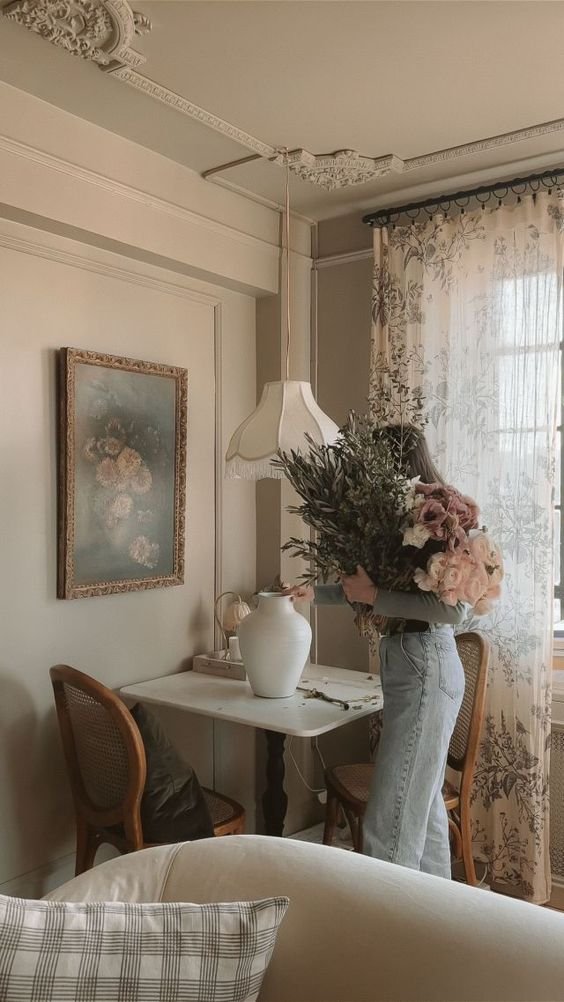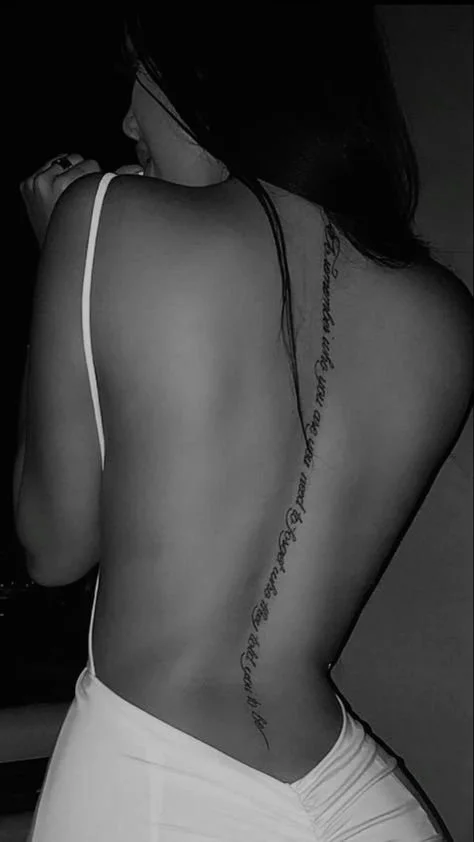Originating in the 1980s, shabby chic has stood the test of time. Over time, it has evolved to incorporate modern elements while keeping true to its vintage appeal. The shabby chic design creates a cozy, lived-in atmosphere that exudes charm and elegance.
In this article, we introduce you to this timeless design style and share ways in which you can incorporate it into your home.
No. 1
What is Shabby Chic?
At its core, shabby chic is a blend of vintage aesthetics and rustic charm. It embraces imperfections—celebrating the beauty of weathered surfaces, distressed finishes, and antique furnishings (like the ones in the Westland London store).
The style draws inspiration from English and French countryside homes—infusing spaces with a sense of nostalgia and romanticism. Picture a creamy, soft, and pastel color palette, which creates a comfortable setting reminiscent of a dreamy escape.
No. 2
Key Characteristics
Pastel Palette - Soft hues such as pale pink, mint green, baby blue, and creamy whites dominate the shabby chic color palette. These gentle tones create a sense of serenity and lend a delicate, feminine touch to interiors.
Distressed Finishes - Weathered wood, chipped paint, and worn-out textures are crucial for shabby chic decor. Often furniture and decor appear aged—mimicking pieces that have been lovingly used and passed down through the generations.
Vintage Accents - Think antique mirrors, lace curtains, ornate chandeliers, and floral patterns that are reminiscent of bygone eras. It’s essential to incorporate these accents into your home to achieve an authentic shabby chic look.
Floral Prints and Patterns - Floral motifs play a prominent role in this design style, adding a romantic and whimsical touch to interiors. From dainty rose prints to bold botanical patterns, floral fabrics infuse spaces with warmth and character.
Mixing the Past and Present - Shabby chic isn’t about perfection or adhering to strict rules; it’s about blending the old with the new to create a harmonious and eclectic aesthetic. Pairing antique furnishings with contemporary pieces adds depth and visual interest to your home.
No. 3
Essential Elements
Furniture - You will want to consider antique and upcycled furniture with distressed finishes and ornate detailing. Look for curved lines, turned legs, and decorative carvings to capture the essence of shabby chic. Incorporate furniture made of natural materials, especially wood, which are great for these interiors, too.
Textiles, Patina, and Distress - Incorporate soft, tactile fabrics such as linen, cotton, and lace. Layering vintage quilts, ruffled bed skirts, and crocheted throws will create a sense of coziness and texture within your space. Embracing imperfections and patina will also enhance the shabby chic design. Distress furniture with sandpaper, apply crackle paint finishes, and include metal accents for a timeworn aesthetic.
Accessories - Use vintage finds and flea market treasures to add character and personality to your space. Display antique books, fine chinaware, and vintage clocks to create curated vignettes that tell a story.
Lighting - You will want soft and diffused lighting, which enhances the romantic ambiance of shabby chic interiors. Lighting fixtures with a vintage flair such as crystal chandeliers, wrought iron sconces, or glass pendant lights are also ideal.
Flooring - Consider flooring that complements the design style such as distressed wood flooring or reclaimed wood planks. Whitewashed or weathered finishes will enhance the rustic charm of shabby chic interiors, while vintage rugs layered above will add warmth and softness underfoot.
No. 4
Incorporating Shabby Chic into Your Home
Paint - Consider painting your walls a soft, muted color such as pale grey, ivory, or beige to create a neutral backdrop for your shabby chic decor.
Wallpaper - Create a captivating statement wall adorned with delicately designed floral wallpaper, adding a touch of elegance and charm.
Add Contrast and Personality - Combine vintage furniture with contemporary pieces to strike a balanced contrast between the new and the old. Incorporate antique dressers, upholstered armchairs, and distressed coffee tables to add character and personality to your home.
Layer - Layering textiles is essential to achieving a cozy and inviting atmosphere. Dress beds with ruffled duvet covers, pile on plush throw pillows, and drape sheer curtains to help soften any harsh lines and warm your rooms.
Add Vintage Floral Prints and Patterns - Introduce floral prints and patterns through accessories, bedding, and upholstery to infuse rooms with a sense of gentleness and softness. Consider using vintage-inspired floral wallpapers, or you can hang botanical artwork to introduce nature to the indoors.
Accessorize - Decorate your home with strategic accessories. Display cherished heirlooms, family photographs, and collected treasures to personalize your shabby chic space. Incorporate vintage mirrors, decorative trays, and glass vases to add a bit of shine, too.
Takeaways
Offering a timeless and refined approach to decorating, the shabby chic design celebrates the beauty of imperfection. By incorporating vintage aesthetics, distressed finishes, and soft pastel hues, you can create a cozy and inviting retreat full of charm and personality.
Whether you’re drawn to the romance of floral patterns or the rustic appeal of weathered wood, embracing the principles of shabby chic allows you to create a space that feels both nostalgic and contemporary.
A blissful retreat awaits within the spaces of your home. So, gather your vintage treasures, unleash your creativity, and transform your home into a haven of shabby chic elegance.





